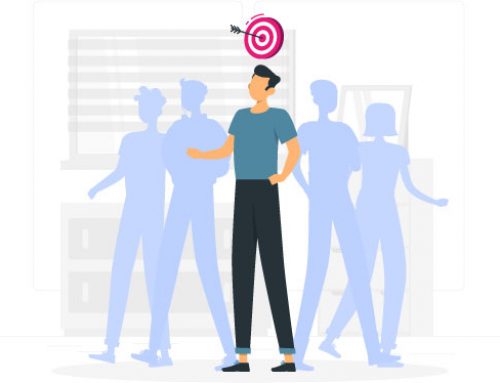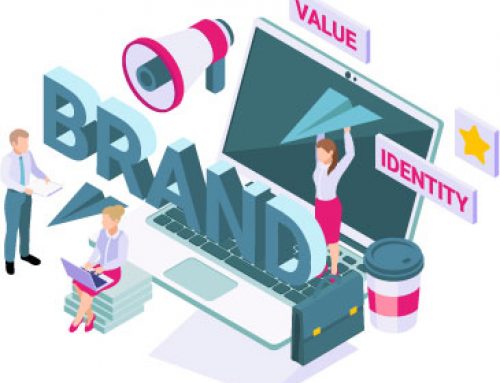By Rachel Revie
Branding is about more than just a logo and some well-selected colours. It’s everything that gives you a sense of a business’s personality. How it looks is part of that, but so is its culture, voice and employees. Imagine a business as a person you’ve just met. When you make a judgement on who that person is, you judge them by how they dress, what they talk about, how they talk about it, how they treat others. All our interactions are what give us an impression of the person. This is the same with interactions in business. First impressions are important, these are the look of the business; the design, logo, colours. But as people learn more their impressions develop to encompass every interaction they experience.
Going back to the person you just met: If they were dressed like a punk, you are likely to make certain assumptions about who they are. From these assumptions, you start a conversation with them. Whilst talking to them you discover that they only listen to country music. How do you feel about your assumptions? Questioning, confused, unsure? Now imagine you meet some of their friends, and they’re all very prim and proper. It’s likely to leave you with more questions than answers.
Obviously, when it comes to people we understand the complexity of personality and when we meet someone new we might be happy to spend time to getting to know them and getting some questions answered. But in the business world, everyone is moving at top speed and people don’t have time to understand why each interaction is so different. We want to know from the starting block who a company is and what we can expect from them and our interactions with them. If our initial impressions tell us a company forward-thinking, but we visit their company blog and they only write about old technology, we might question if those impressions were right and this might lead us to work with a different business.
“A brand is the set of expectations, memories, stories and relationships that, taken together, account for a consumer’s decision to choose one product or service over another.” – Seth Godin
Building a brand in which every interaction pushes forward the same messaging and the same impressions requires careful thought, good communication, and often, the right set of tools. But when these things work together and a consistent brand is created, a clear, trustworthy company personality can emerge and customers will be able to interact with more comfort and confidence.





